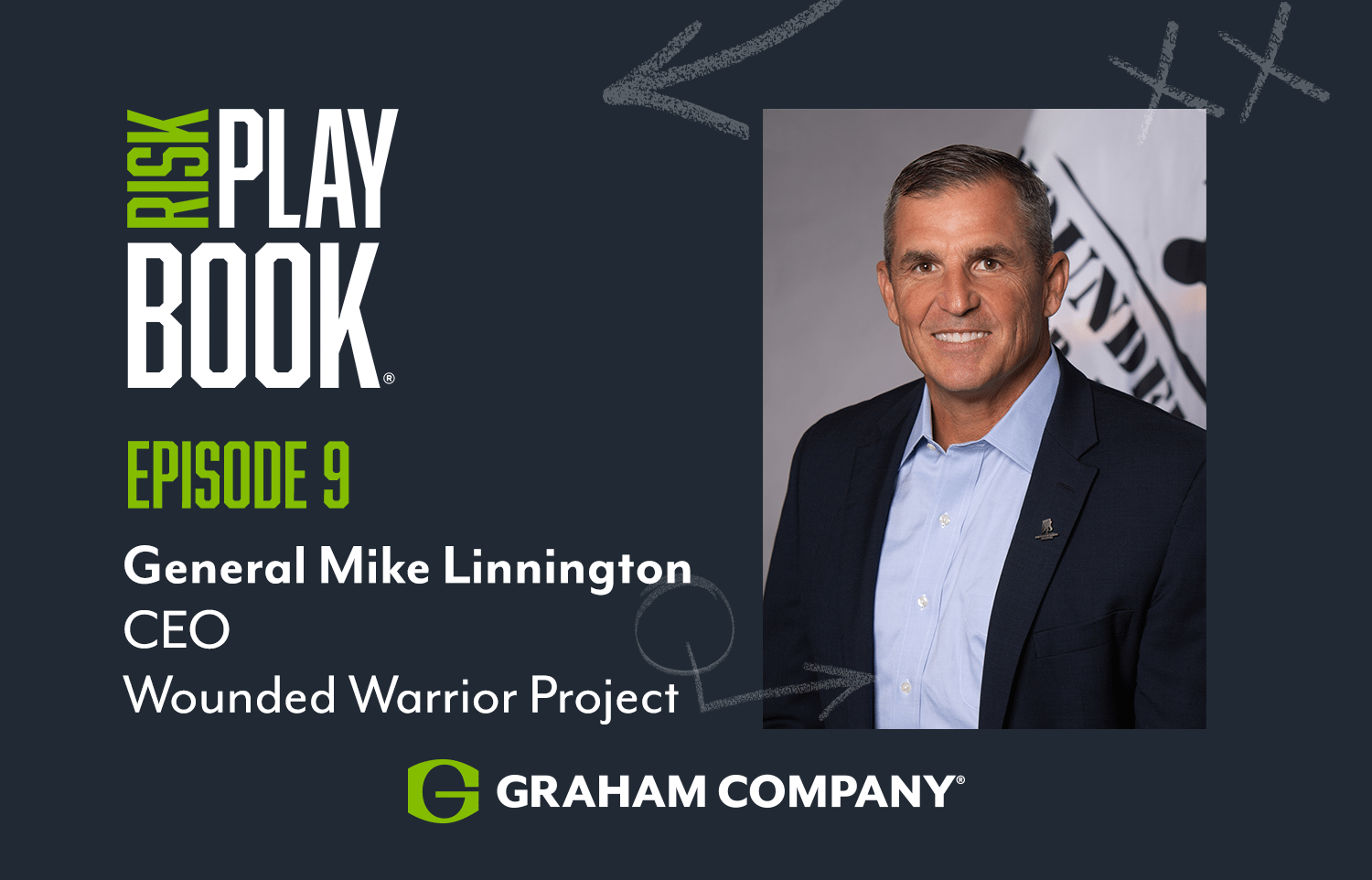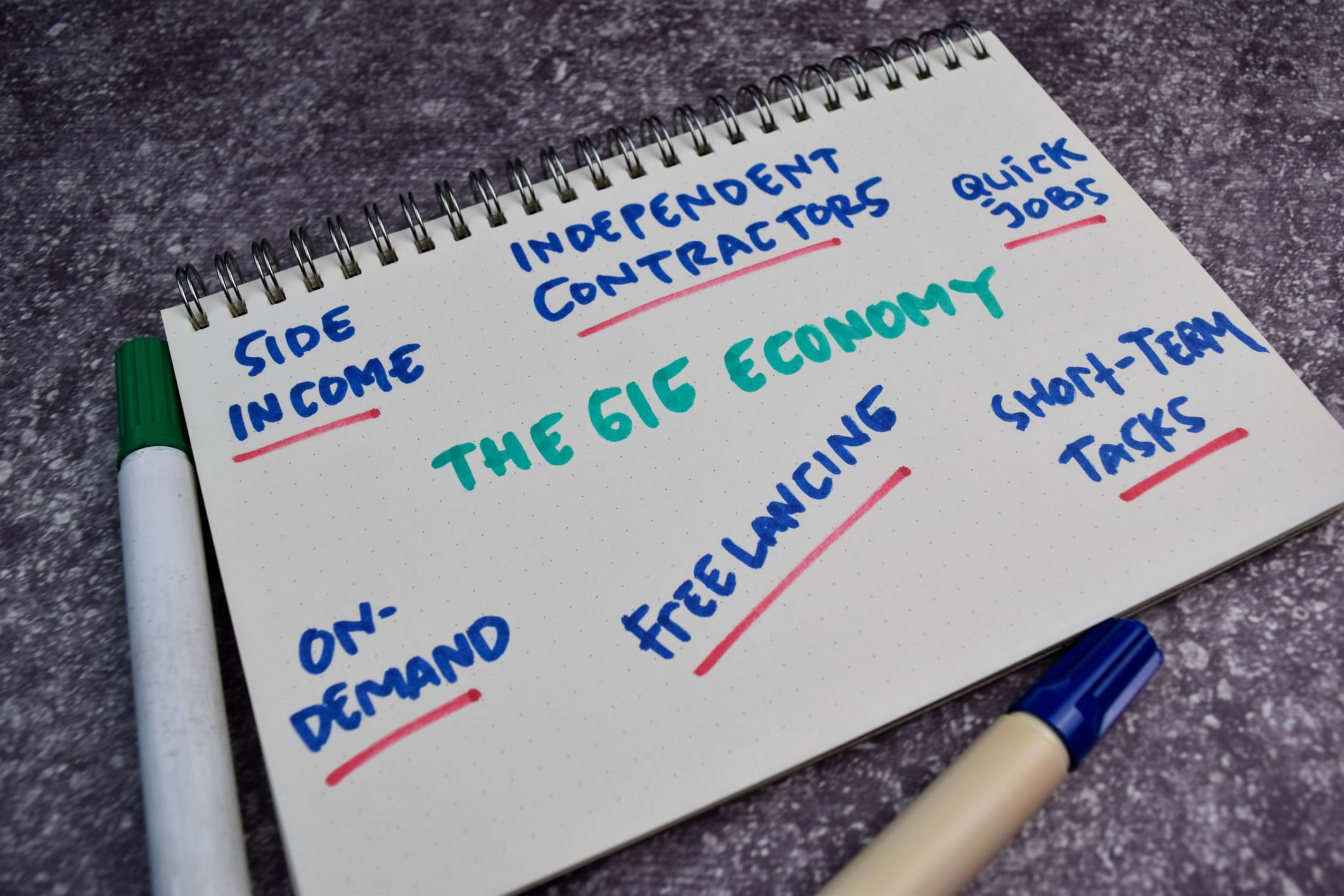For a number of years, the insurance market has been favorable for insurance buyers in terms of pricing, although sharpened underwriting, reduced capacity, and coverage limitations remain challenges.
Despite this trend, the captive insurance market continues to grow. The model works in every cycle. If your business is analyzing its options, you should keep in mind the pros and cons of the traditional insurance market – knowing this will help you determine which loss-sensitive structure may be a fit.
Traditional Insurance Market: Pros & Cons
Traditional Insurance Market Pros
- Potential short-term cash flow benefits (particularly with Large Deductible plans)
- Less long-term commitment with any individual carrier
- Potential short-term pricing benefits
Traditional Insurance Market Cons
- Subject to class underwriting
- Limited availability of coverages and limits
- Unpredictable volatility
- Limited control
When control and stability are the goals, a captive may be the answer.
What is a Captive?
Captives, either stand-alone or part of a group, provide business owners with the opportunity to own their own insurance company. This can translate to greater control over claims handling, professional partners, stabilization and reduction of the cost of risk, and, ultimately, the return of underwriting profits and investment income.
For captive owners, pricing is based on members’ claims histories and not on industry averages and aggregate books of business. Owners assume a portion of the risk by taking on a large retention. Unlike most traditional insurance where business owners pay a premium and let the carrier pay for the claim, captive members are shareholders and are required to fund for anticipated claims. That is why it is critical captive owners operate as safely as possible – they have a vested interest to raise their safety standards.
When a business owner and its executives embrace the concept of a captive, they must be fully committed to operating as safely as possible to reap the rewards of the program. Captive owners see the benefits of good loss performance, but feel the pain when it is not so good. The captive forces them to put an emphasis on the appropriate areas – safety, loss control, and claims management. Most business owners are under the misconception that captives are an instant money-saver. The reality for nearly all captive members is an organization’s safety culture and commitment to upholding world-class safety standards is the X factor when it comes to captive insurance and cost savings.
In a traditional insurance program, your full premium is given to the carrier, regardless of how few claims the insured files. In a captive, approximately 35 to 40 cents of every dollar is put toward reinsurance costs and fixed expenses, while an impressive 60 to 65 cents of that dollar is invested where it accrues over time and can be used to pay claims under the organization’s control. If claims can be significantly controlled, captive members get their underwriting profits back in the form of a dividend.
Group captives are one of the most common formations you can join. However, there are also other structures available, such as single-parent and rentals, as well as segregated cell captives. Whether or not a specific structure is a fit for your organization is entirely dependent upon your size, structure, complexity, and financial situation. Your insurance broker can help you determine what the best fit is for your business.
Is a Captive Right for Your Business?
If you’re thinking control, long-term cost savings, and the potential to earn dividends sounds great, ask yourself the following:
- Is the organization seeking a long-term risk management and insurance program?
- Does the organization have a strong or improving safety culture with buy-in from the top-down?
- Can the organization comfortably fund the initial captive formation expense? A captive might require a substantial investment upfront, whether to capitalize an in-house captive or to join a group. Recouping the investment usually requires a long-term commitment of at least five years.
- Is the organization financially stable?
- Does the organization have an entrepreneurial spirit?
- If your business is for-profit, are you looking to take advantage of tax deductibility? Deductibility of premiums and deferred taxation of insurance income are the two principal advantages. Tax issues can be a major driver, but they should not be the main reason for forming a captive.
- If you are a nonprofit, are you looking to generate additional revenue streams for your organization?
In an upcoming post on The Graham Company’s Risk Matters Blog, I’ll break down the types of captive formations you can join to help you determine the best fit for your organization.

Philadelphia, PA, 19102







